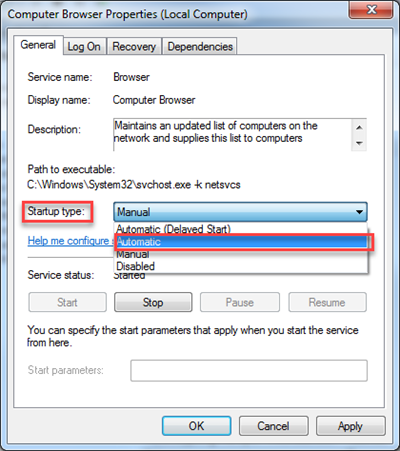

- #REMOTE DESKTOP ERROR CODE 0X9 FOR MAC#
- #REMOTE DESKTOP ERROR CODE 0X9 FREE#
- #REMOTE DESKTOP ERROR CODE 0X9 MAC#
- #REMOTE DESKTOP ERROR CODE 0X9 WINDOWS#
You begin to solve the problem by asking your server administrator for the server's root certificate.

#REMOTE DESKTOP ERROR CODE 0X9 MAC#
By default a mac will not have server-client trust certificates installed simply because the exchange won't happen transparently between an MS based server and non MS-OS such as OS X. I doubt you'd be aware of any of this as generally server administrators won't necessarily discuss them. However your problem may be with your understanding of the secure remote connections requirements between your server and remote connections.
#REMOTE DESKTOP ERROR CODE 0X9 FOR MAC#
Questions about RDC for Mac should be put on the relevant Microsoft forum rather than here. You can then check the capture to see what the SNMP payload contains ( a] the credentials being used, b] the specific OID being polled).I doubt this a 'problem' with the mac as such nor does it have anything to do with Remote Desktop for Mac which is an entirely different product and for which this forum is for. What will happen is that each time an SNMP packet ingresses the VLAN or port from the client subnet with the specific switch IP as destination-address, it will copy the packet and send it to the monitor port. Then you add the following ACL to the interface that you’ve configured for your SNMP (if using in-band-management) otherwise, you can configure it to the client facing ports: entry mirror_snmp Īpply the ACL to either a VLAN or a range of portsĬonfigure access-list mirror_snmp vlan ingressĬonfigure acecss-list mirror_snmp ports ingress

#REMOTE DESKTOP ERROR CODE 0X9 FREE#
Say your client subnet is 172.16.0.0/16, and your switch logging the error is 192.168.1.254, you could do something like this:Ĭreate a mirror ( you could use a remote-mirror configuration if you want, otherwise, if you have a free port on the switch, you could do a local mirror) create mirror snmp_mirror to port If you do not have easy access to the hosts that the failed authentication was logged against, you could create an ACL that captures any SNMP traffic that comes from the group of hosts that should not be sending SNMP traffic. With a packet capture, you can get some answers. Is it malicious? What are they trying to accomplish? Is it the public, or private community? (If private, that might seem malicious.) If they gained access, what would they be trying to do?Īgain, I know it’s not an Extreme issue, but I hoped the community might have seen this before and be able to shed some light. It’s as if they are polling their gateway for some reason. And while there are repeat offenders, it’s usually different clients. We have a large-ish network so getting access to the physical clients is tricky but I can gather some information remotely.
#REMOTE DESKTOP ERROR CODE 0X9 WINDOWS#
The attempts are almost always in groups of four and as far as I can tell they are always from Windows clients. It just seems that periodically devices on my network are attempting an SNMP connection to my Extreme switches and I just wondered if anyone knew why that might be? This is my core switch, so the devices are seeing it as the ‘gateway’. SNMP is configured correctly and the devices that SHOULD be using SNMP are not having a problem. This isn’t an Extreme issue - that’s just where I am seeing the messages. SNMP.Master: Slot-1: Login failed through SNMPv1/v2c - bad community name (x.x.x.x) I periodically see these entries in my logs:


 0 kommentar(er)
0 kommentar(er)
